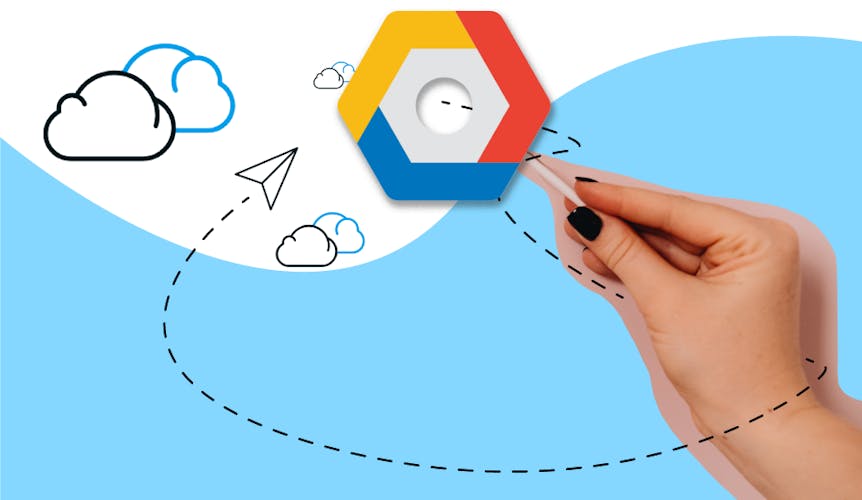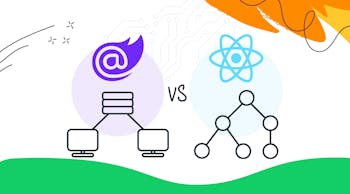For those in the audience who’ve been following along at home, you’ve probably noticed that we’ve been talking ad nauseam about the benefits of cloud computing.
And while we do love to hear ourselves talk about all things the cloud, or just really hear ourselves talk in general, we promise that’s not the only reason we’ve been driving this topic home so hard recently.
Businesses and IT leaders worldwide have been migrating their on-premise technology to the cloud because it’s flexible, scalable, and cost-effective. These are three simple things that help businesses grow, thrive, and succeed in today’s marketplace.
But it’s more than just that.
Businesses who’ve switched to the cloud have seen increased security, mobility, user insights, and productivity while also not having to worry about those pesky upfront costs. And who doesn’t love that? We wrote a whole thing about which goes into further detail about the ways cloud computing can save your business time, money, stress. You should check it out!
I guess what we’re trying to say in a very long-winded way is this: cloud computing is good. Great. Amazing, actually! And you should definitely take advantage of all its benefits.
Phew! Glad we have that covered.
The tricky part when it comes to the cloud is knowing which specific technology is right for you and your business.
And no one platform is precisely the same.
So how do you know which one you should use?
Don’t worry if the answer to this question doesn’t come easily.
That’s what we’re here for.
And why we decided to put together this mini crash course for you.
Up until this point in our three-part series on cloud computing technology, we’ve given you a brief introduction to both Microsoft Azure and Amazon Web Services (AWS), two of the most popular and most used cloud computing platforms on the market today.
In the final installment of this series, we’re going to share everything you need to know about Google Cloud Platform (GCP), the third Musketeer in the cloud computing space.
Our hope is that by knowing a bit more about each of these platforms, you will feel empowered to make the right decision that’s best for you.
So what do you say?
Let’s jump right into the world of GCP, shall we?
AN INTRODUCTION TO GCP
As the world’s undisputed leader in all things Internet, Google has undeniable expertise in running data centers. The influence and power of this search engine leader are so huge, in fact, that “Just Google it” has become a staple in all of our lexicons. It only made sense that they should become a player in the cloud computing space. And that’s precisely what they did.
After Amazon launched its cloud computing service in 2006, Google put its data center expertise to work by launching a cloud service of its own in April of 2008.
Enter in: GCP.
Initially, they released it only to a few customers and developers – companies that had millions of users. Later in May, they opened the platform for all users who could come in and provision their app engine environment through an admin console.
Fast forward 13 years and GCP is now the third-largest public cloud provider.
Despite GCP sometimes feeling or being referred to as the third wheel among the “Big Three” public cloud providers — AWS and Microsoft Azure being the other two — it’s also the fastest-growing among its competitors, with a growth rate of 40%+ quarter on quarter.
That’s pretty impressive.
But why the sudden rise and interest in GCP?
Through its web search and advertising businesses, Google has become particularly savvy at handling big data. It’s found a way to transfer those capabilities to its cloud computing platform as well, developing a solid reputation for prowess in analytics, artificial intelligence, security, and machine learning.
It’s also known for something else.
While GCP may be considered number three on that “Big Three” list, it’s number one in a different, virtually one-player market: online advertising. While its larger competitors tout their broad portfolios of services, Google has a narrower focus and specializes in meeting the needs of developers where they’re at.
There’s something to be said about that personal attention and care.
Game on, GCP.
WHAT DOES GCP DO?
So what makes GCP stand out, and why is it on the rise? Let’s take a three-minute tour of GCP and what it does.
Although GCP’s cloud infrastructure does serve as the host for familiar applications like Google Workplace (formerly G Suite), it’s mainly a service for building and maintaining original applications. These applications can then be published via the web from its hyper-scale data center facilities. Pretty cool, right?
While GCP’s portfolio of cloud services isn’t as extensive as Amazon’s or Microsoft Azure’s, it does offer some specialized tools for developers that are hard to find anywhere else. GCP offers 90+ services for its users, focusing on categories such as:
- Compute
- Storage and Database
- Networking
- Big Data
- Internet of Things
- Machine Learning
- Identity and Security
- Management Tools
- Developer Tools
GCP has a certain sex appeal because it runs on the same infrastructure that Google uses itself, with 67 zones, 140 edge locations, and operates across 200+ countries worldwide.
Developers building cloud-native web or mobile applications are often drawn to GCP, particularly the App Engine PaaS. Google also offers strong capabilities in big data analytics, machine learning, and artificial intelligence. It’s created and/or contributed to many of the most popular open-source projects in this space and infuses its cloud offerings with that particular expertise that only Google has.









